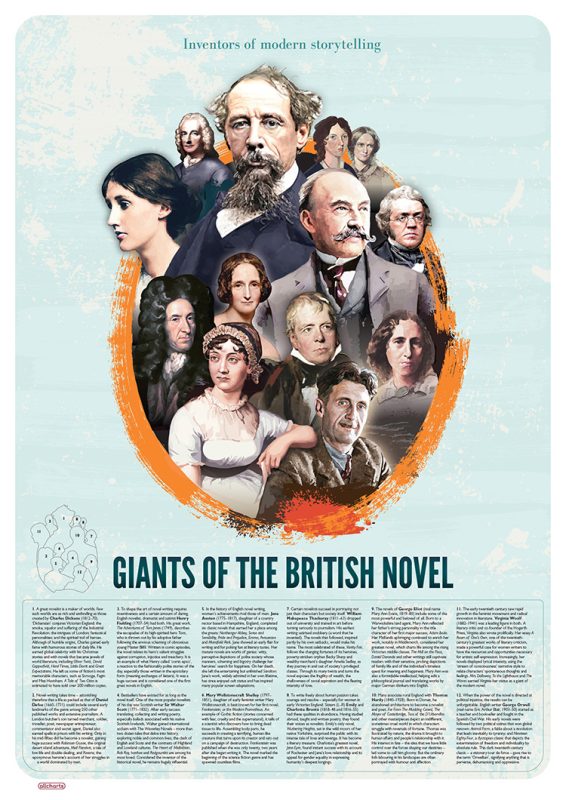News, Wallcharts
How to make classroom displays for schools and colleges
Recently I was talking to a colleague who, prior to teaching, had worked in sales. He had this theory that teachers were salespeople whose role was to persuade learners to ‘buy into’ the concepts and topics they were studying. His strategy was to try and understand their educational needs and have empathy for their learning aspirations. He would then use a range of teaching techniques to engage the learner’s attention and hopefully reach the goal of understanding. He is also a strong believer in using displays that include the best examples of students’ work to provide a visible benchmark for higher-grade work. Having varied classroom layouts and carefully thought-out displays can provide further learning opportunities for curious learners and observers. This approach got me thinking about other ways teachers could use the techniques of selling to better support learning in the classroom.
Successful retailers take care with the presentation of their wares. Larger high street retailers have dedicated teams of visual merchandisers that plan how stores are laid out and products are displayed. Their goal is to improve sales by capturing customers’ attention, communicating a theme or story, and encouraging repeat visits. They have to carefully pick out a limited selection of items and display them in a way that doesn’t overwhelm the customer. Is there anything that teachers can learn from visual merchandising techniques that can be carried over to the classroom to better support the complex processes of learning?
Teachers for all subjects can inform learners with images, diagrams, and examples of students’ work. Taking time and care to prepare a learning environment that invites curiosity but does not become an overstimulating distraction can also make learners feel valued. Selected images and texts should be subject-relevant and reflect good teaching practices in the classroom.
Items displayed can include some of the following:
Examples of past students’ project work
- Biographies and examples of work from historical and contemporary practitioners
- Best practice examples of students’ written work
- Quotes that inspire from historically significant figures.
- Explanatory diagrams and illustrations.
- Curriculum relevance.
- A list of study and career paths for subject learners.
Planning the layout of display material
- The display itself should have a focal point, for example an allcharts poster.
- Present information in a visually appealing way.
- Leave empty space between categories of information. Clutter is overwhelming and counterproductive.
- Balance text and images so that it doesn’t have too much writing or too many pictures.
- Check accuracy and ask a colleague for feedback.
Sometime soon after your new learners have settled into their new place of study, find a moment in your lesson to talk them through the display(s). Explain why examples of student work have been selected. Discuss past students’ eventual destinations. Finally, seek feedback from the students. What else might be useful to them? What information is not relevant or unclear? What do they find informative and interesting? Exciting classroom displays can be a celebration of your students’ work and your subject. In many ways you can use your displays to ‘sell’ your enthusiasm for your subject and your students’ achievements.

